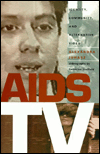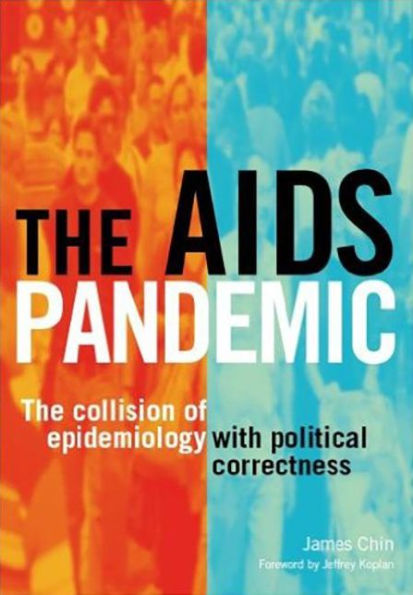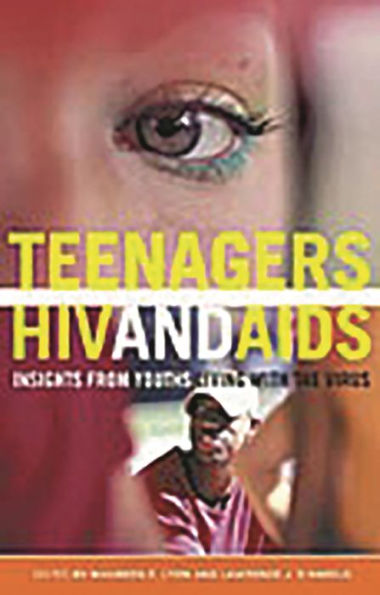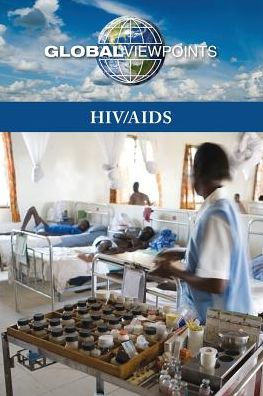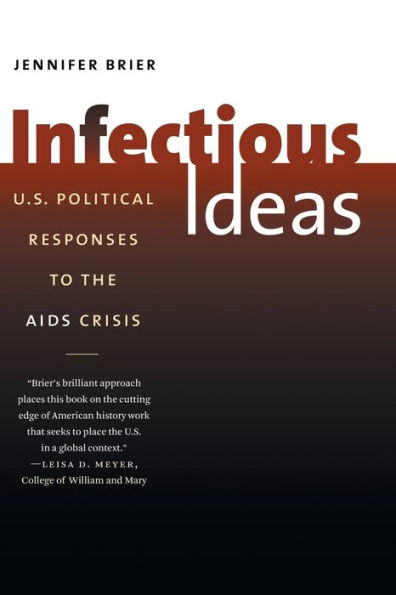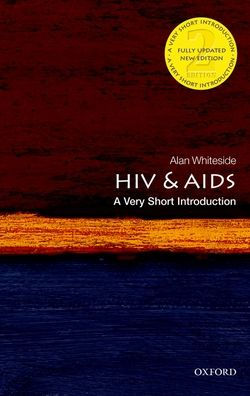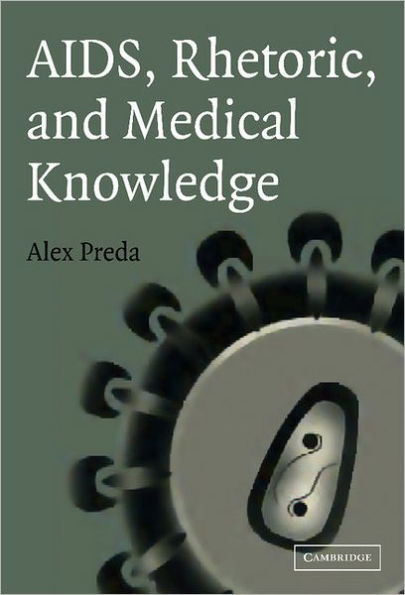Home
HIV on TV: Popular Culture's Epidemic
Loading Inventory...
Barnes and Noble
HIV on TV: Popular Culture's Epidemic
Current price: $111.00
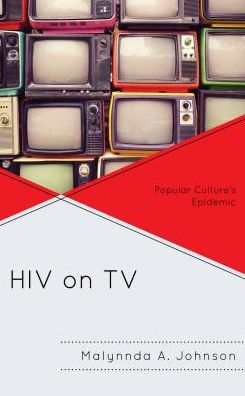

Barnes and Noble
HIV on TV: Popular Culture's Epidemic
Current price: $111.00
Loading Inventory...
Size: Hardcover
*Product Information may vary - to confirm product availability, pricing, and additional information please contact Barnes and Noble
In the 80’s and 90’s it was Designing Women and The Real World, today it’s Grey’sAnatomy and How to Get Away with Murder. 35 years since HIV hit prime time it remains a hot topic for TV producers to include in storylines. While the motivationbehind creating an HIV narrative is sometimes the disseminate facts about HIV and STIs, farmore often it is the sexy ratings a show can receive by including a “taboo” or controversial topic. As a result, while some education is provided to audiences, far more shows are found only perpetuating misinformation and stereotypes. As a result viewers, young populations especially,continue to believe they are not at risk.HIV on TV: Popular Culture’s Epidemic offers a discussion of how HIV haspermeated popular culture. News broadcasts, movies, television shows, even musiclyrics have imbedded messages about HIV. Examining over 35-years of the HIV evolution on television this book offers a critical lens for examining how medial topics, specifically HIV, are covered in the media. Cutting across three common genres (news, drama, and comedy), characterizations, contexts, and themes are critically analyzed to uncover what each genre has contributed to audience’s understanding of risk, and what it is like to live with HIV. In total, the book offers three perspectives of the lessons presented about HIV. First, is the view from the screen; asking what the characters themselves say to the viewer. Second the book shares results from interviews with viewers themselves who have recalled seeing the shows mentioned. Finally, the book offers thoughts and reflections from writers, producers, and actors involved in the narratives. Providing the greatest insight, an interview with Daniel Franzese (Mean Girls, Road to Recovery, Looking) offers his experience in playing multiple roles as someone living with HIV and a challenge to media writers to be cautious in how they choose to write HIV into a storyline.

